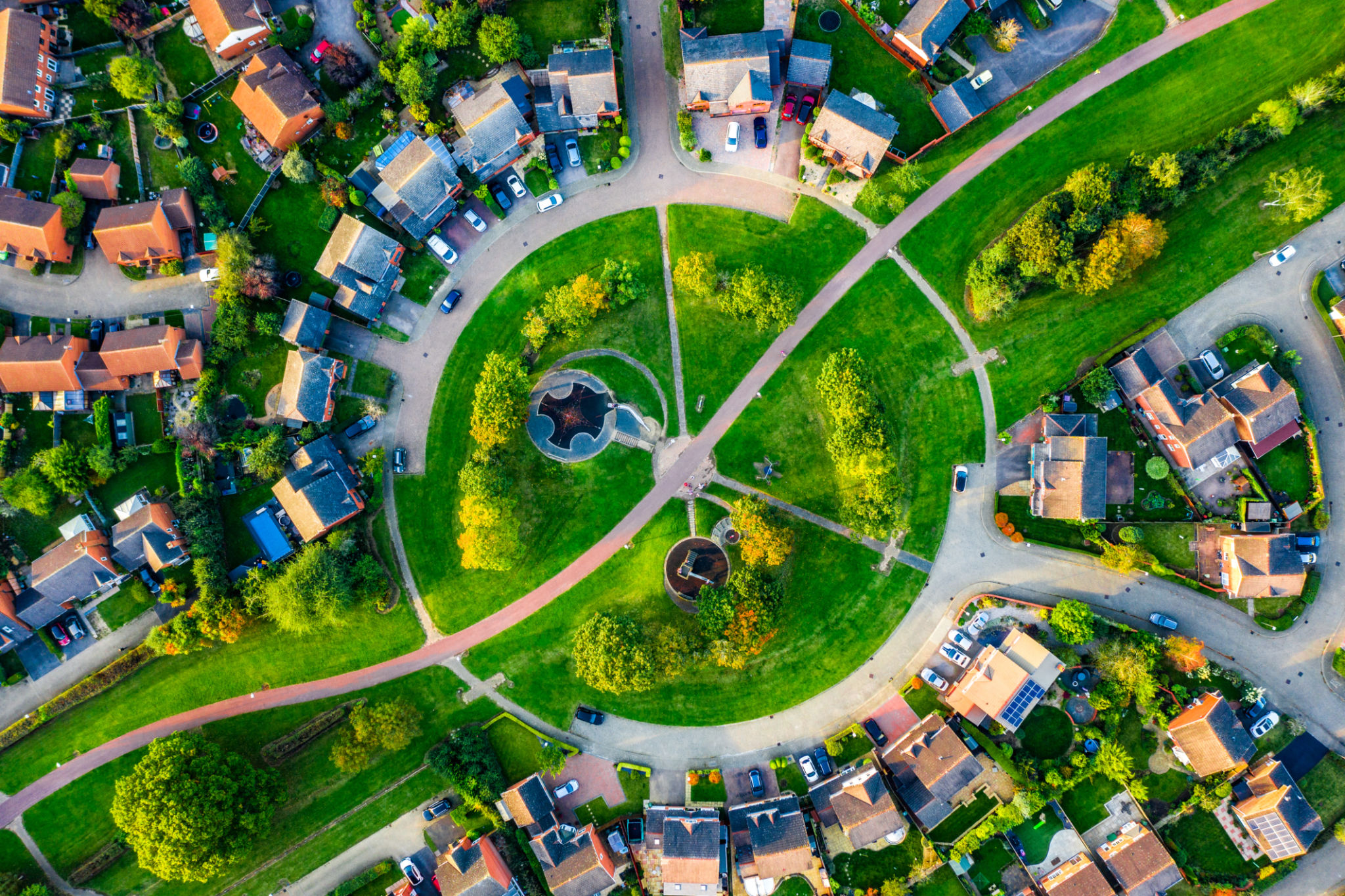Comparing Urban vs. Suburban Real Estate Development: What You Need to Know
EC
Understanding Urban Real Estate Development
Urban real estate development is characterized by high-density construction, typically involving multi-story buildings and mixed-use spaces. These developments are often situated in city centers or densely populated areas, offering residents and businesses access to a wide range of amenities and services. The proximity to public transportation, entertainment, and cultural hubs makes urban living attractive to many.
One of the main advantages of urban development is the convenience it offers. Everything from grocery stores to hospitals is usually within walking distance or a short commute. For many, the vibrant lifestyle and the ability to network professionally are significant draws. However, the costs associated with urban living, such as higher property prices and taxes, can be a deterrent.

Exploring Suburban Real Estate Development
Suburban real estate development, in contrast, is often characterized by lower-density construction and more spacious properties. Suburbs are generally located on the outskirts of urban areas, providing a quieter and more family-oriented environment. This type of development is ideal for those seeking larger homes, yards, and a more relaxed lifestyle.
Suburban areas typically offer a slower pace of life, which can be appealing to families and individuals seeking tranquility away from the bustling city. The cost of living is usually lower than in urban areas, with more affordable housing options and lower property taxes. However, the trade-off often includes longer commutes to work and fewer entertainment options.

Key Differences Between Urban and Suburban Development
When comparing urban and suburban real estate development, several key differences stand out:
- Density: Urban areas are denser, with more high-rise buildings and limited open spaces. Suburban areas offer more space per capita.
- Amenities: Urban developments provide immediate access to amenities, while suburban locations may require a commute.
- Cost: Urban properties tend to be more expensive due to their location and demand.
- Lifestyle: Urban living is fast-paced, while suburban life is more relaxed.
Environmental Impact Considerations
The environmental impact of real estate development varies between urban and suburban settings. Urban development often attempts to maximize space usage through vertical construction, which can reduce land consumption. However, it may also contribute to pollution levels due to concentrated human activity.
In suburban areas, the spread-out nature of development can lead to increased car dependency, contributing to higher carbon emissions. On the other hand, these developments often incorporate more green spaces and parks, which can positively impact the local environment.

The Future of Real Estate Development
The future of real estate development is likely to blend elements of both urban and suburban models. With advancements in technology and changing work patterns, such as remote work, the demand for diverse living environments is increasing. Developers are focusing on creating sustainable communities that offer the best of both worlds.
Emerging trends include the development of walkable suburbs with urban-like amenities and the rise of mixed-use developments in urban areas that cater to diverse needs. These hybrid models aim to provide convenience without sacrificing space and affordability.

Choosing Between Urban and Suburban Living
When deciding between urban and suburban living, it's essential to consider personal priorities such as lifestyle preferences, budget constraints, and proximity to work or family. Each type of development offers unique benefits and challenges that must be weighed carefully.
For those who thrive in vibrant environments with ample opportunities for social interaction and career growth, urban living may be the ideal choice. Conversely, those who value space, peace, and community-oriented environments might find suburban life more appealing.
Conclusion
Ultimately, the choice between urban and suburban real estate development depends on individual needs and circumstances. As both environments continue to evolve with societal changes and technological advances, prospective buyers should stay informed about trends that could influence their decision-making process.
By understanding the differences between these two types of real estate development, individuals can make informed choices that align with their lifestyle goals and long-term plans.